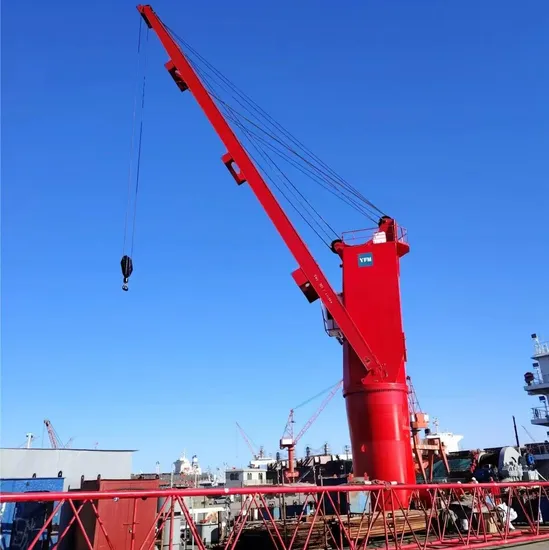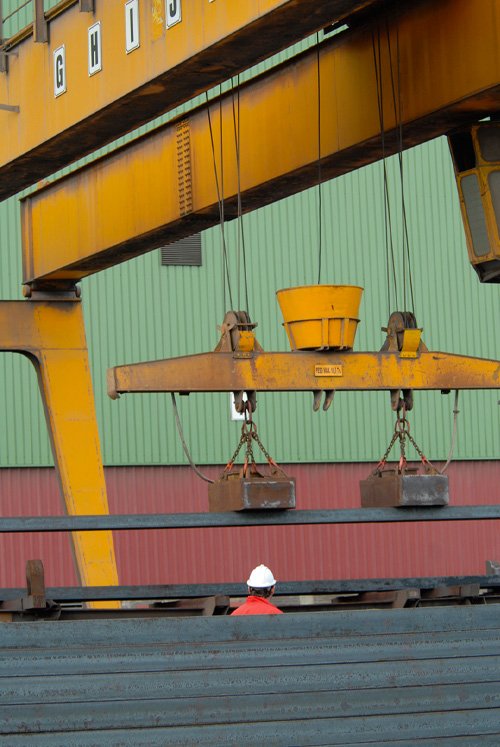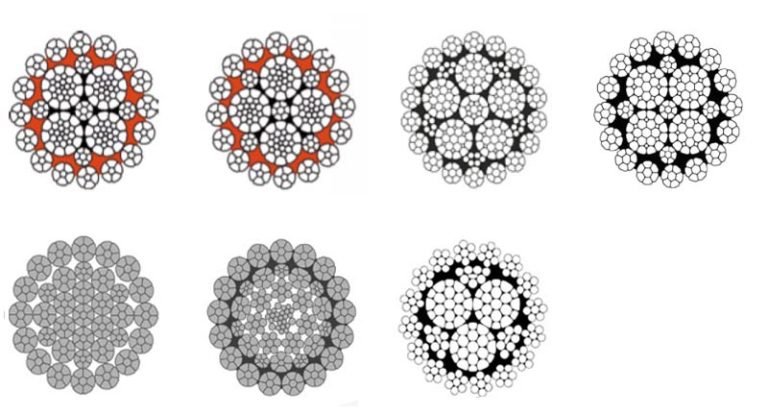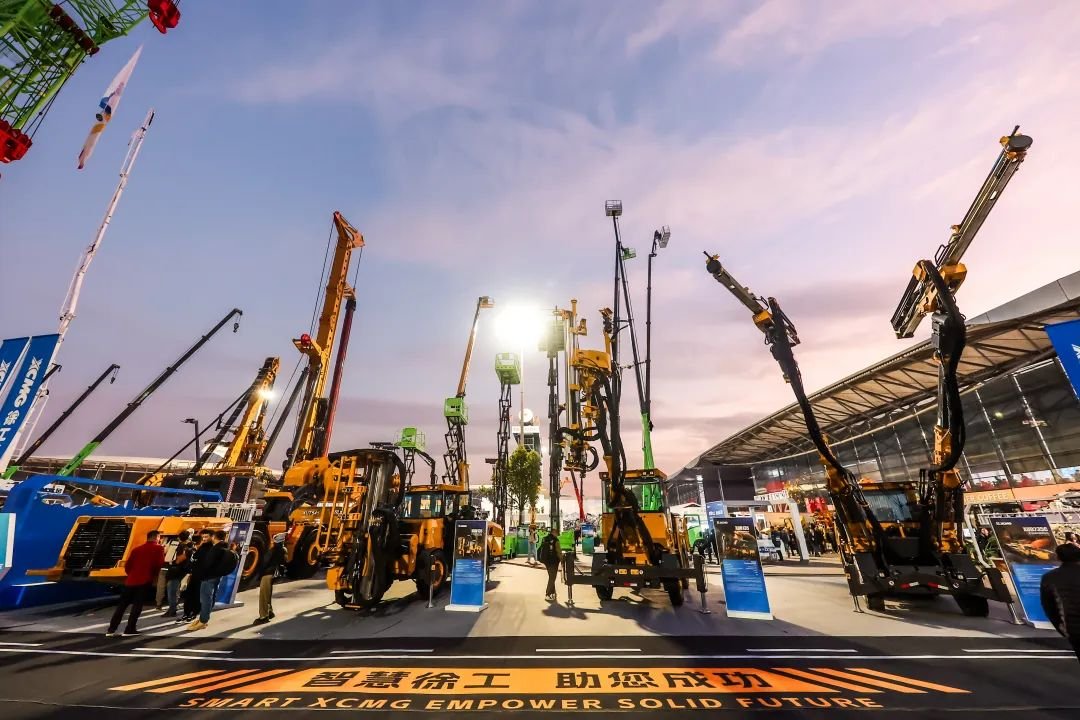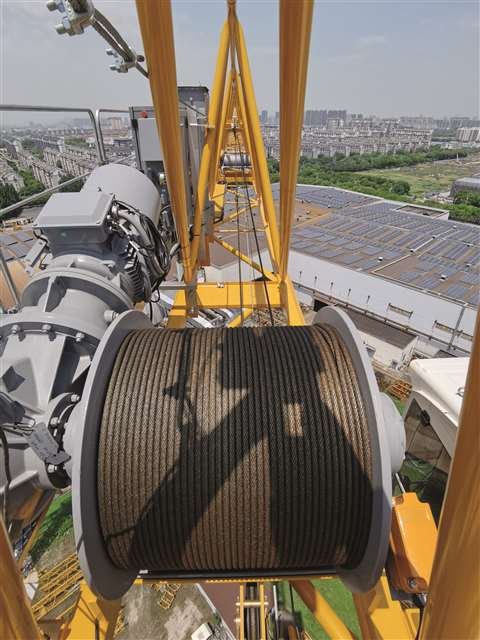How to Install a Wire Rope Ferrule and End Stop
Wire rope ferrules and end stops are used to terminate or secure the ends of a wire rope, ensuring a safe and reliable connection. The installation of these components requires attention to detail and adherence to safety standards. Below is a step-by-step guide on how to install a wire rope ferrule and end stop.
Step 1: Select the Right Ferrule and End Stop
-
Choose the Correct Ferrule Size: Ensure that the ferrule size matches the wire rope diameter. Ferrules are typically made of materials like aluminum or copper, depending on the wire rope material and the application.
-
Choose the Appropriate End Stop: End stops (such as thimbles or eye splices) should be chosen based on the required loop size and load requirements.
Step 2: Prepare the Wire Rope
-
Cut the Wire Rope to Length: Use wire cutters to cut the wire rope to the desired length. Make sure the cut is clean, and there are no frayed wires.
-
Straighten the Ends: Straighten the wire rope ends to ensure smooth insertion into the ferrule.
Step 3: Insert the Ferrule and End Stop
-
Slide the Ferrule Onto the Wire Rope: Insert the end of the wire rope through the ferrule. If forming a loop, insert the rope back through the opposite end of the ferrule, creating the desired loop size.
-
Position the End Stop (Optional): If an end stop like a thimble or eye splice is required, position it within the loop before securing the ferrule.
Step 4: Crimp the Ferrule
-
Select the Right Crimping Tool: Choose a crimping tool that matches the ferrule size. Hydraulic or mechanical crimping tools are recommended for heavy-duty applications.
-
Crimp the Ferrule: Place the ferrule in the crimping tool, and apply even pressure to crimp it securely onto the wire rope. Ensure that the crimp is tight and no wire strands are visible outside the ferrule.
-
Multiple Crimps for Large Ferrules: For larger ferrules, apply multiple crimps along the length of the ferrule to ensure a secure connection.
Step 5: Inspect the Assembly
-
Check for Proper Crimping: Ensure that the crimp is even and there are no gaps or loose ends. The wire rope should not be able to move within the ferrule.
-
Test the Connection: Apply a small load to the wire rope assembly to test the strength of the connection. If any slippage or damage is observed, re-crimp or replace the components as needed.
Step 6: Secure the End Stop
If using an end stop like a thimble or eye splice:
-
Position the End Stop Correctly: Ensure the thimble is seated properly within the loop and the wire rope is snug around it.
-
Crimp the Loop: Crimp the ferrule to hold the end stop in place, ensuring the loop does not deform during the crimping process.
Step 7: Final Inspection
-
Inspect the Entire Assembly: Look for any visible defects, such as cracks in the ferrule or uneven crimps.
-
Check for Compliance: Ensure the assembly meets the required standards, such as EN12385-4 for wire rope slings.
For more detailed technical guidance, solutions, and product inquiries, feel free to contact us through:
-
Website: www.wireropes.net
-
Email: info@wireropes.net
-
Phone/WhatsApp: +86-15573139663
We offer tailored solutions and professional support to meet your wire rope needs.

